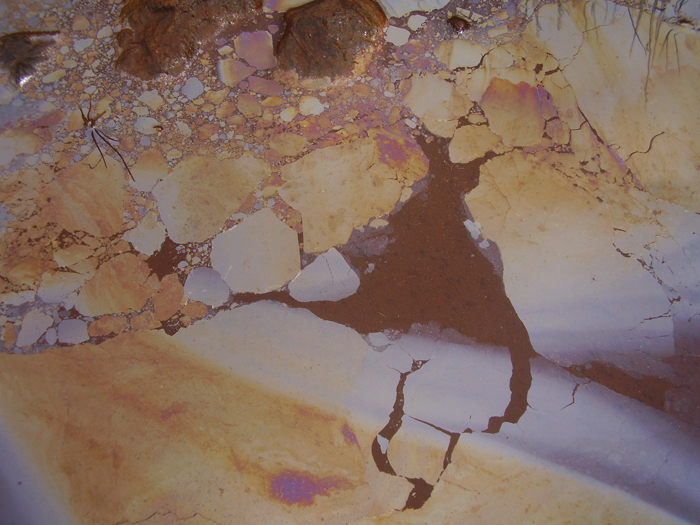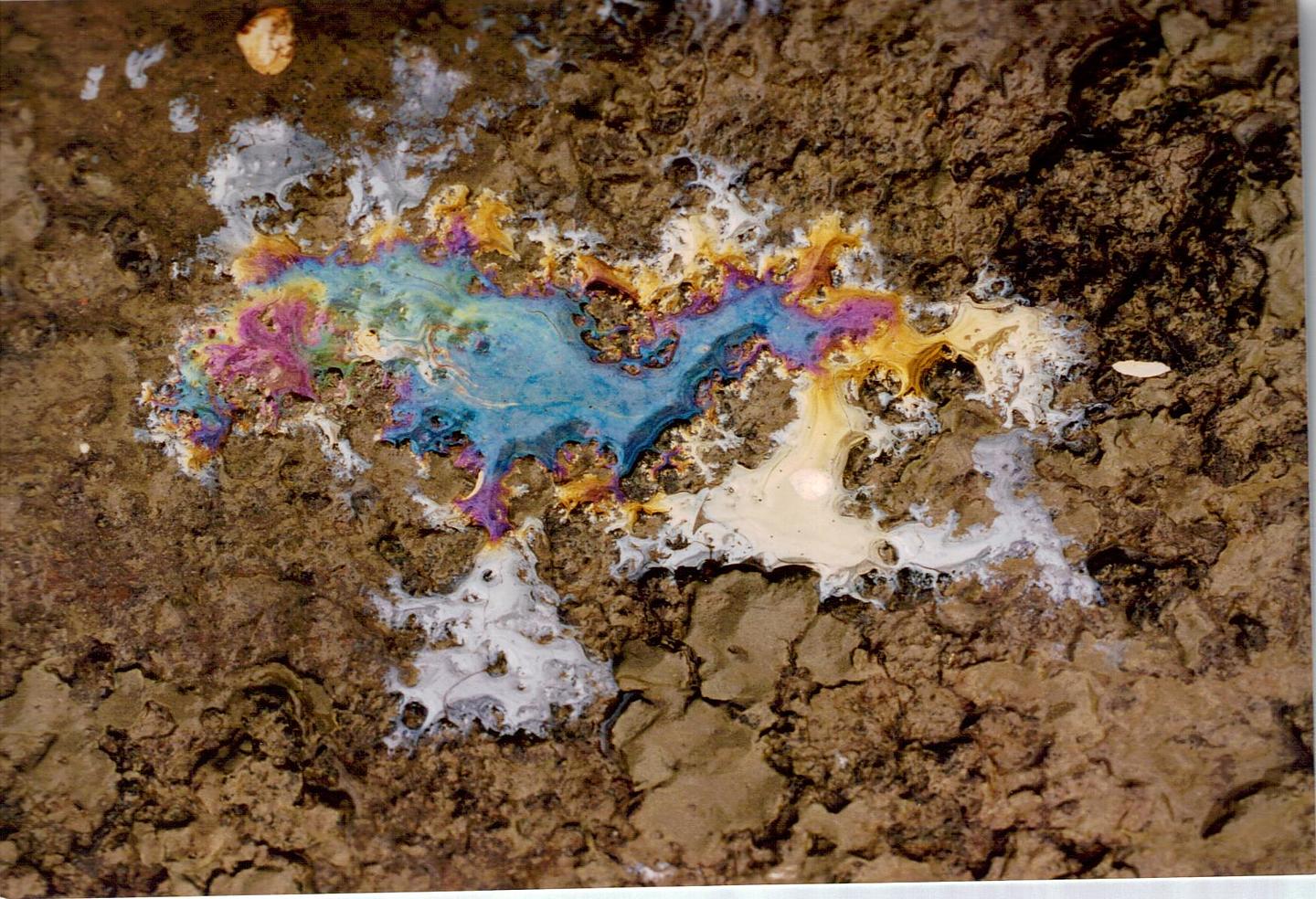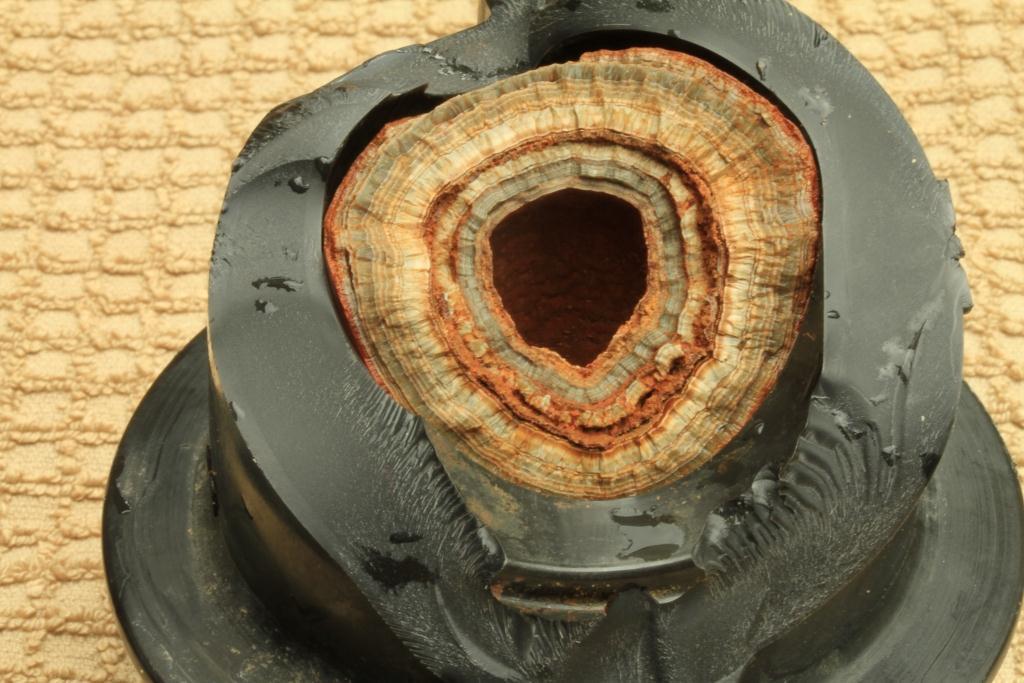Home PageAbout MindatThe Mindat ManualHistory of MindatCopyright StatusWho We AreContact UsAdvertise on Mindat
Donate to MindatCorporate SponsorshipSponsor a PageSponsored PagesMindat AdvertisersAdvertise on Mindat
Learning CenterWhat is a mineral?The most common minerals on earthInformation for EducatorsMindat ArticlesThe ElementsThe Rock H. Currier Digital LibraryGeologic Time
Minerals by PropertiesMinerals by ChemistryAdvanced Locality SearchRandom MineralRandom LocalitySearch by minIDLocalities Near MeSearch ArticlesSearch GlossaryMore Search Options
The Mindat ManualAdd a New PhotoRate PhotosLocality Edit ReportCoordinate Completion ReportAdd Glossary Item
Mining CompaniesStatisticsUsersMineral MuseumsClubs & OrganizationsMineral Shows & EventsThe Mindat DirectoryDevice SettingsThe Mineral Quiz
Photo SearchPhoto GalleriesSearch by ColorNew Photos TodayNew Photos YesterdayMembers' Photo GalleriesPast Photo of the Day GalleryPhotography
╳Discussions
💬 Home🔎 Search📅 LatestGroups
EducationOpen discussion area.Fakes & FraudsOpen discussion area.Field CollectingOpen discussion area.FossilsOpen discussion area.Gems and GemologyOpen discussion area.GeneralOpen discussion area.How to ContributeOpen discussion area.Identity HelpOpen discussion area.Improving Mindat.orgOpen discussion area.LocalitiesOpen discussion area.Lost and Stolen SpecimensOpen discussion area.MarketplaceOpen discussion area.MeteoritesOpen discussion area.Mindat ProductsOpen discussion area.Mineral ExchangesOpen discussion area.Mineral PhotographyOpen discussion area.Mineral ShowsOpen discussion area.Mineralogical ClassificationOpen discussion area.Mineralogy CourseOpen discussion area.MineralsOpen discussion area.Minerals and MuseumsOpen discussion area.PhotosOpen discussion area.Techniques for CollectorsOpen discussion area.The Rock H. Currier Digital LibraryOpen discussion area.UV MineralsOpen discussion area.Recent Images in Discussions
GeneralFloating Hematite?
14th Sep 2012 12:47 UTCRoger Curry
A couple of months ago I was on a geology walk in Upper Teesdale. The guy conducting the walk told me that the colourful iridescent films often seen in moorland puddles was neither diesel/oil pollution, nor organic oils from decaying peat (as I thought). He said it was hematite.
Yesterday I took the following photos. Note that the interference colours flow to start with, then break up into rafts, which an oil would not do. I guess the thickness would be in the order of a few angstroms. Had a quick look on the internet, and microbiology is suggested - here & here
Anyone know anything about this?
Regards,
Rog
14th Sep 2012 15:19 UTCPedro Alves Expert
my guess is Schwertmannite.
Cheers,
Pedro Alves

14th Sep 2012 15:48 UTCBeth Schaefer
In the past when I tried the demo the students spread lycomium powder (small moss spores) on top of the water before the oil drop was placed and it made patterns like the ones in your pictures; The oil slick broke up into rafts just like in the pond, instead of a circle. So oil can break up into rafts if there is something else on the surface of the water. But from what you said it probably isn't oil causing this.
It seems plausible to me that the microscopic bacteria, perhaps Leptothrix, oxidizing the iron (FeII), are forming these thin layers. One of the links led to a site that talked about the possiblity the bacteria eating the iron becoming slightly magnetized and perhaps orienting to the Earth. So cool!
I would take a sample and look at it under the microscope, or give to a microbiologist at a nearby university to either confirm or rule out a microorganism. I would think this would make a nice project for an upper level undergraduate microbiology major to undertake.

14th Sep 2012 16:21 UTCKelly Nash 🌟 Expert
14th Sep 2012 17:25 UTCRoger Curry
The puddles are filled by small springs which show ferrous staining. The track the puddles are on, is from an old lead mine, showing considerable siderite on the dump material. The films form at the point of seepage, then go to the puddles where the rafts form. What you see is only an hour or so old, as it had been raining then, which would have disrupted the formations.

14th Sep 2012 20:19 UTCBecky Coulson 🌟 Expert
14th Sep 2012 20:43 UTCPaul Brandes 🌟 Manager
What you're seeing is iron bacteria on the water. They derive their energy by oxidising dissolved ferrous iron or sometimes manganese. The result from this oxidisation is ferric oxide, which is insoluble and can produce a rainbow, oil-like sheen on still water. The bacteira also produce an odour similar to rotten lettuce or petroleum which some people describe as "swamp gas".
Curiously, have you noticed this petroleum-like odour around these Roger??
14th Sep 2012 21:54 UTCRoger Curry
No, there was no unusual smell. Mind you, the local environment is covered in sheep and grouse
Becky the rafts disintegrate even if you blow on them. Rain or wind destroys them. No slime on the ones I touched. I didn't try the films that were still fluid, having just emerged from the seeps.
I have more photies, if anyone is interested. Kelly, now you mentioned it, I've seen the exact same thing in many scrap-yard puddles. They are totally different to oil films - which also abound in scrappies. Just makes me wonder why I hadn't seen the difference before.
Thanks to all for the input,
Cheers,
Rog

19th Sep 2012 00:11 UTCBob Jackson Expert
A similar phenomena occurs when sunlight first hits Spruce pyrite. A thin iridescent film forms, reminiscent of bornite. Rainbow colors, easily rubbed off. Any idea what causes this?
Bob
19th Sep 2012 07:09 UTCRoger Curry
Regards,
Rog

19th Sep 2012 08:33 UTCDavid Sheumack
For comparison to your iron seeps, attached are two hydrocarbon seeps, one on a mudflat and the other on the surface of a biological treatment pond. The main visual difference is the hydrocarbon sheens don't seem to break up like mini-icebergs but remain together in sometimes rather stunning patterns.
Best wsihes,
David
19th Sep 2012 10:49 UTCRoger Curry
Excellent info & photos to compare! So, some EPA officers seem to be as ignorant of this phenomenon as I was!
Thanks very much, I'll take some camphor with me next time as well,
Regards,
Rog

19th Sep 2012 11:35 UTCDavid Sheumack
Actually, local groups of concerned, environmentally minded residents adjacent to a potentially leaking landfill are more of a handfull than a few reasonably scientifically minded EPA officers :-D
David ;-)

19th Sep 2012 16:36 UTCTim Jokela Jr

19th Sep 2012 21:10 UTCAnonymous User
This is particularly interesting to me because it is soil science, a discipline of which I know little, but deal with more frequently than mineralogy etc. I suspect that this is one of the redox features, wherein iron (and related metals if present) is leached out of the top layers of the soil and translocated down into the soil column. Unless retained by biological vectors - roots, bacteria, etc.
Great question, answers, and photos!

19th Sep 2012 23:22 UTCByron Thomas

20th Sep 2012 05:24 UTCDavid Sheumack
Here is another eye catching effect "sheeny water" can inadvertently produce. This particular water produces identical rainbow patterns as per your first pictures when exposed to the atmosphere. The example shown is a 50mm polypipe elbow that has been delivering groundwater/leachate for about 10 years, the central hole now is a mere 5mm or so. The novel thing with this system is that the water is pumped by an AirWell pump (these are used in potentially flammable/explosive conditions); the pump delivers intermittent slugs of compressed air to drive the water along the pipe to its ultimate destination. Here is where oxygen is added to the system.
Unfortunately, the owners of the site could not see the beauty I saw in this blockage :-D they were just worried abou the cost of replacing 2 km of leachate line :-(
I would be interested if anyone might suggest what this rather pretty mineral deposit might be? The material fizzes slightly in 10% hydrochloric acid and is scratched by a copper nail. The typical chemical composition of the groundwater from which it was formed is as follows (all concentrations are in mg/L).
Sodium 3500
Potassium 150
Calcium 200
Magnesium 670
Iron 0.6
Manganese 0.5
Barium 0.7
Boron 4
Bicarbonate 2200
Sulphate 1200
Obviously a mixture but my first thought of one component might be siderite.............
20th Sep 2012 20:02 UTCRock Currier Expert
20th Sep 2012 22:12 UTCRoger Curry
We'll see what happens,
Best Regards,
Rog
20th Sep 2012 23:49 UTCPaul Brandes 🌟 Manager
As far as an article Rock, that sounds like a grand idea!

21st Sep 2012 08:57 UTCDavid Sheumack
On the subject of amusing snake oil salesmen, I mentioned that I originally heard of this camphor test from an old rigger. Many years ago when my wife and I moved to our property, we decided to put a water bore down, we are not on a municipal supply. It was a rather expensive job and we got two quotes. The first "old timer" advertised "free divining and no water, no pay". He turned up and wandered around the property for an hour or so with a bent bit of wire which occassionally twisted around, and he never stopped talking. Finally he said "this is the spot and I can also tell you if we hit coal or oil shale during the drilling!!" He then produced two bottles of water one pure and the other with "a touch of hydrocarbons" and then performed the mentioned little test. The second driller turned up, knowing that Mr X had also been quoting. First question he asked was "where did X say was the best place to drill for water?" I showed him, he laughed, and said "looks like the easiest spot to set a drill rig up on this bloody hillside". Next comment he made was "you know, if you drill down 100m, you are guaranteed groundwater ANYWHERE along the eastern coast of Australia."
The boss said the first fella talked too much so we hired the second bloke, and yes, hit water at 76m, it produces a decent volume :-) but alas also a stunning iron stain when exposed to air :-( Subsequent analysis showed a TDS of 3000 ppm and Fe of 2 mg/L and Mn of 0.6 mg/L.
21st Sep 2012 16:36 UTCRoger Curry
Online here
Iridescent films mentioned on pages 18 & 48
Regards,
Rog

22nd Sep 2012 06:39 UTCDavid Sheumack
Yes, there is quite a bit of info on "floating films" out in cyber land. This one certainly gives a good summary of man made and natural.
http://www.umaine.edu/waterresearch/fieldguide/onthewater.htm#oily
David
30th Sep 2012 14:37 UTCRoger Curry
Just got back from Teesdale, a neodymium magnet has no effect on the floating films. I also collected some of the wildly coloured film together, to see what its actual bulk colour is. Unsurprisingly, rusty. Also noticed that, on agitation, the mineral film breaks into tiny particles which sink giving a beautiful spangly effect when the sun (briefly) shone. The mineral is therefore not hydrophobic like an oil film, and is supported by surface tension, having formed there.
Regards,
Rog

26th Aug 2013 16:44 UTCClaire Milloy
United States Geological Survey - What's the Oil On the Surface? http://pubs.usgs.gov/gip/microbes/index.html#anchor4816506
Central Utah Water Conservancy District: http://www.cuwcd.com/operations/waterquality.htm
Arlington Virginia, Stream Pollution.... http://www.arlingtonva.us/departments/EnvironmentalServices/wpcp/StormSewer/EpoReportingStreamPollution.aspx
27th Aug 2013 00:08 UTCRoger Curry
Excellent info,
Regards,
Rog

20th Apr 2024 06:14 UTCcarrie faith
bump
this mineral spring is cold, located in northern california it is said to be one of the 3 highest mineral content in the united states, i can provide links to the geology reports.
this sheen is pink only and forms only at certain times, where the water is greenish clear the mud will stain your skin black but the slick on top i have put my hand in the puddle under it and lifted my hand and it coated my hand completely with a iridescent pink just as it had been on the surface of the water.
i would like to learn more about mineral springs and finding it hard to not just get bombarded with tourist stuff, and thoughts appreciated!




Mindat.org is an outreach project of the Hudson Institute of Mineralogy, a 501(c)(3) not-for-profit organization.
Copyright © mindat.org and the Hudson Institute of Mineralogy 1993-2024, except where stated. Most political location boundaries are © OpenStreetMap contributors. Mindat.org relies on the contributions of thousands of members and supporters. Founded in 2000 by Jolyon Ralph.
Privacy Policy - Terms & Conditions - Contact Us / DMCA issues - Report a bug/vulnerability Current server date and time: April 26, 2024 19:20:46
Copyright © mindat.org and the Hudson Institute of Mineralogy 1993-2024, except where stated. Most political location boundaries are © OpenStreetMap contributors. Mindat.org relies on the contributions of thousands of members and supporters. Founded in 2000 by Jolyon Ralph.
Privacy Policy - Terms & Conditions - Contact Us / DMCA issues - Report a bug/vulnerability Current server date and time: April 26, 2024 19:20:46
























